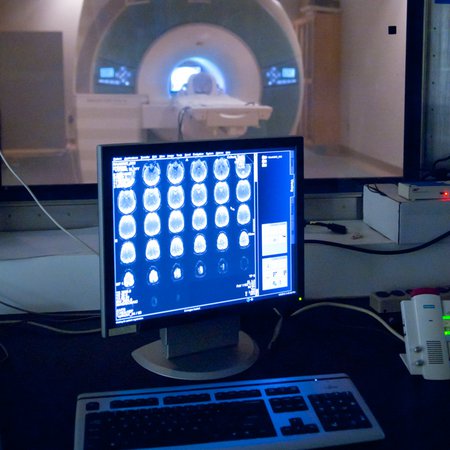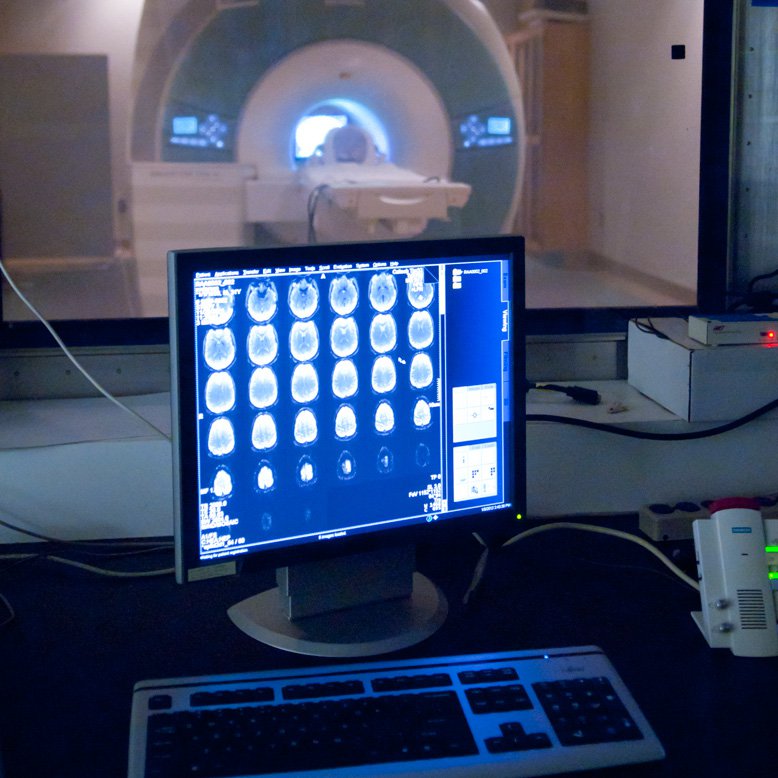PASADENA, Calif. --Studies of the snap judgments we often make about people are shedding new light not only on social behavior, but also on drug abuse, gambling addiction, and other disorders in which our ability to make decisions is impaired, say scientists at the California Institute of Technology.
An emotional decision, such as forming an immediate like or dislike upon a first encounter with a new person, often occurs abruptly and automatically-and that impression can be difficult to change. To decipher the neurological underpinnings of those decisions, which will help explain the unique neurological characteristics of emotion, Hackjin Kim, a former postdoctoral scholar at Caltech who is now an assistant professor at Korea University--along with Ralph Adolphs, a professor of psychology and neuroscience, John O'Doherty, an associate professor of psychology, and Shinsuke Shimojo, a professor of biology--used a novel technique to monitor the activation of two brain regions during decision-making tasks.
In the first experiment, volunteers were briefly shown alternating pictures of two similar faces and asked which of the two they preferred. In the second experiment, the subjects were asked to decide which of two alternating faces looked more round. In both trials, the two faces were flashed back and forth, which extended the length of time the subjects needed to come to a conclusion and allowed the experimenters to see brain activation as the subjects formed a preference for one face over the other. The subjects' brains were scanned continuously using functional magnetic resonance imaging as they initially viewed the faces, made their decisions, and pressed buttons to enter their selections.
The brain scans showed that when the subjects were presented with the two faces for the first time, the nucleus accumbens (NAC), a collection of neurons located deep within the forebrain, was activated; activity in the NAC did not increase, however, when the subjects were presented with the faces a second time, during either experiment. This suggests that the NAC might be integral to the first impression we have when we see a new face or any novel item.
A second brain structure, the orbitofrontal cortex (OFC), which is located in the forebrain just above the orbits of the eyes, became more activated as the subjects actually selected which of the two faces they preferred, and also when they made their choices during the roundness experiment. This implies, the researchers say, that the OFC uses the initial preferences generated by the NAC to guide it in making more complex decisions.
Previous studies have shown that the NAC is the key structure in the brain responsible for reward, motivation, and addiction; the OFC is crucial for higher cognitive functions such as decision making.
The finding that neural structures implicated in reward should also be involved in these types of preferences makes sense, Adolphs says: "The idea is that when we choose which of two people we prefer, we find the one that we choose more rewarding. The same brain regions that are known to be involved in reward for many other kinds of things in the world are also engaged when we decide among people's faces. Evidently, looking at an attractive face is a reward. That is why we look there."
Deciphering how the NAC and OFC tick, the researchers say, could help us better understand decision making in general, which could eventually lead to new ways to treat disorders that affect this ability.
"There are many extremely important disorders of decision making and reward processing," such as drug and gambling addiction, Adolphs says. "People who are addicted to a drug make poor decisions that contribute to their difficulty in abstaining from it, and people who gamble often also make poor decisions, and continue to gamble despite the fact that they see they are losing money."
Even normal aging can compromise the function of the OFC and similar brain regions, with the result that "some elderly people make bad decisions," Adolphs says.
In all of these cases, he says, "Understanding at what point in the decision-making process an impairment arises will contribute substantially to clinical intervention." Thus, the paper is important not only to understanding social preferences, but also to a variety of issues in reward and addiction research.
The paper, "Temporal isolation of neural processes underlying face preference decisions," was recently published in the early online edition of the Proceedings of the National Academy of Sciences.


